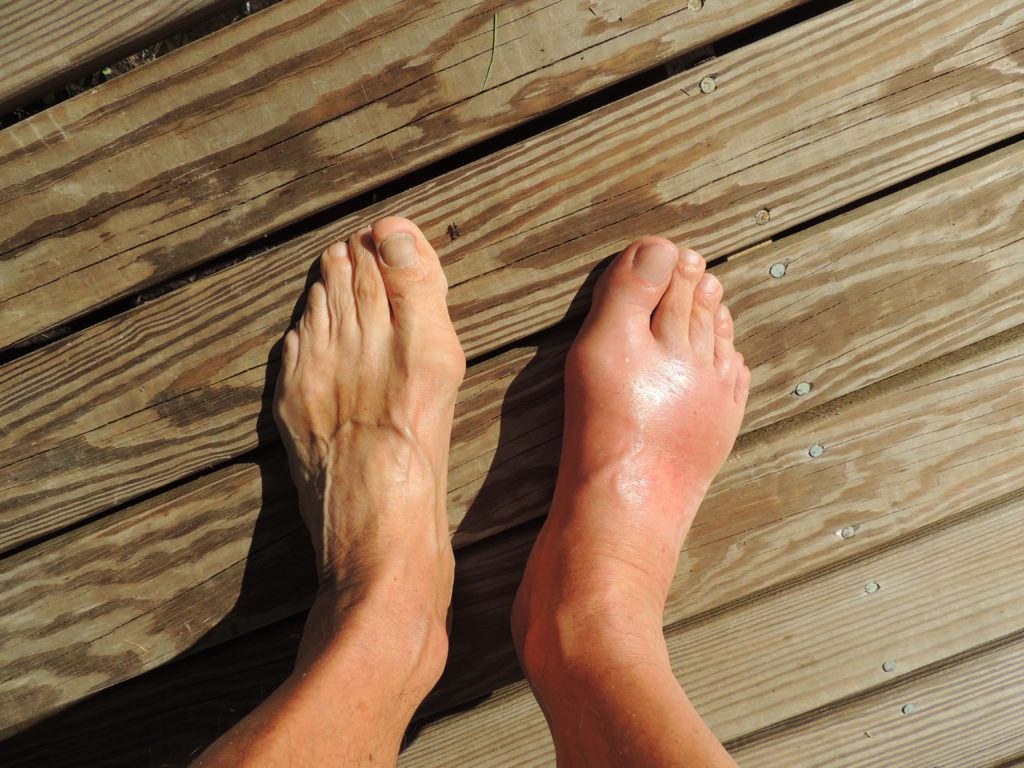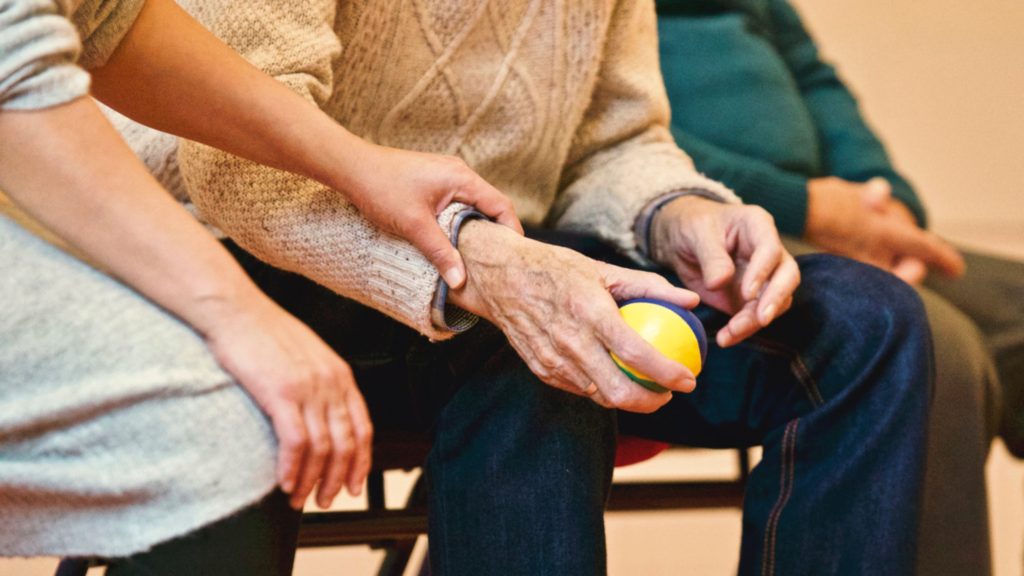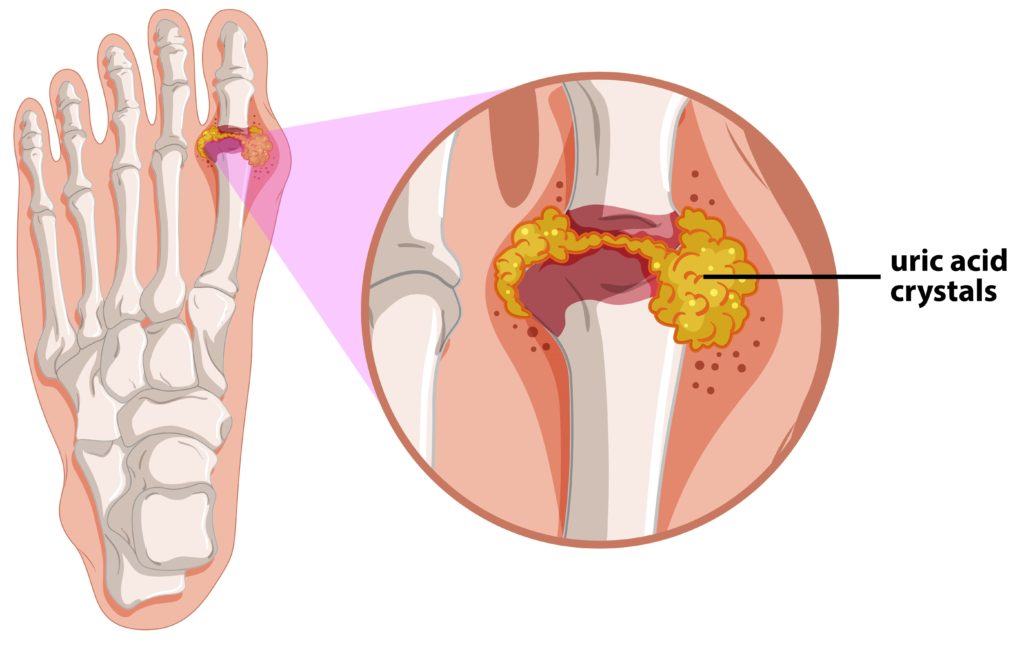
Arthritis: How to Treat its Symptoms Effectively

It’s probably safe to assume that arthritis is something you want to avoid, for obvious reasons. Unfortunately, for some, this debilitating condition has already taken hold… but does it need to be a foregone conclusion?
Perhaps not!
Arthritis may currently be the bane of your life, but that doesn’t mean there is nothing you can do about it. If you’re wondering how to treat arthritis, know that there’s plenty you can do to manage the symptoms―at the very least.
Healthy living is certainly one answer. With the right diet and lifestyle choices, you should be able to make your life a whole lot easier.
Whether you will be totally pain free is dependent on many factors, but one thing is for sure―with a clean, healthy diet and the right activities and products, you stand a much higher chance of restoring yourself to your former glory.
Since there are more than 100 kinds of arthritis, there isn’t a one-size-fits-all approach to healing this condition.
However, one thing we can probably agree to is that constant pain and discomfort isn’t something anyone in their right mind would welcome.
Arthritis is a big subject, so let’s take a look at two of the most common―and troublesome―types of arthritis and what you can do to ease them.
How to treat arthritis
Rheumatoid arthritis
Of all the types of arthritis, Rheumatoid is the most difficult to manage, with no known cure.
In other words, it’s the biggest pain in the… well, you tell us.
It is considered to be the most severe and debilitating; what’s more, it creeps up on you gradually!
First, it affects the smaller joints, causing serious swelling. Joints can blow up like a balloon, which brings plenty of pain and discomfort along for the ride.
n
They may become distorted and dysfunctional, so it’s common to see Rheumatoid sufferers with swollen, claw-like fingers and toes.
Over time, Rheumatoid arthritis tends to affect the hip, knee and shoulder joints too; sometimes leading to permanent disability.
This typically unfolds over a span of approximately ten years, and affects more than just bones, cartilage and ligaments.
All areas of the body are susceptible (including the heart and lungs), and if nothing is done about it, it often gets worse over time.
So, if you’re diagnosed with this condition, you’re going to want to jump to it on the healing front.
Like other forms of arthritis, Rheumatoid flares up and down.
However, as the condition worsens, the gap also lessens and symptoms up their game to include anemia, weight loss, fatigue and fevers… symptoms some might call ‘nightmarish’.
Unfortunately, causes of Rheumatoid arthritis are not totally confirmed, but heredity is generally accepted.
Your country of origin may also be a factor.
Rheumatoid arthritis is actually an autoimmune disease. So, in what seems like some kind of cruel design glitch, your body actually attacks itself, damaging the soft (synovial) tissues that sheath your joints.
How to treat Rheumatoid arthritis
Typical medical treatments for Rheumatoid arthritis are NSAIDs (commonly used ones include Aspirin, Celecoxib, Diclofenac and Ibuprofen), prednisolone, disease modifying anti-rheumatic drugs (DMARDs), and biologics (such as tocilizumab, with the trade name Actemra).
For those who are thinking about how to treat Rheumatoid arthritis symptoms naturally, reducing your intake of inflammatory foods (e.g. sugar and saturated fat mostly found in pizzas and cheese) may have a positive impact on your Rheumatoid arthritis.
For example, you can include more Omega-3 rich foods (fish and other seafoods provide a great deal of omega-3s) to reduce inflammation, and eat more foods like turmeric, extra virgin raw coconut oil.
Supplements with joint-assisting products like glucosamine and fish oils (e.g. krill) can lubricate the joints.
Indian frankincense (or Boswellia serrate) is a powerful anti-inflammatory supplement too.
There are several other Rheumatoid-busting supplements worth taking, and you may also benefit from regular gentle exercise such as Tai Chi.
So, with a combination of healthy diet, supplements, mild exercise and rest, your Rheumatoid may be well and truly put in its place.
Gout
Gout is another type of arthritis, and even the name is enough to make you cringe, right? It sounds awful, and any sufferer will tell you that it really is.
Gout is characterized by swelling and severe pain the joints―typically around the big toes. Gout can also affect ankles, knees, hands, wrists and elbows too, especially as you get older.
n
The cause of gout is often acidosis: in other words, there is too much acid/uric acid in your body―and probably your diet.
Approximately 5% of people who have high levels of uric acid will develop it.
Gout occurs when uric acid―which is a chemical waste, unpalatable as that may sound―collects in your joints, and an excess of this acid turns into crystals that cause aching and swelling, heat and redness.
Note that anyone who undergoes chemotherapy or radiation treatment is susceptible to elevated uric acid levels. This is because those treatments kill a lot of cells in your body and uric acid is obtained from the breakdown of DNA present in these cells.
Gout typically affects the joint of the big toe, leaving sufferers hobbling around ungracefully and in lots of pain.
Gout attacks can be acute, and (aside from acidosis) are triggered by direct trauma to a joint, dehydration, obesity, severe stress or rapid weight loss.
Diabetics are more likely to develop high uric acid levels, as are those with kidney disease or thyroid disease (hypothyroidism).
If left unchecked, gout has underhand plans in store…
Chronic gout that lasts for more than six weeks can develop into a more permanent form of arthritis. This presents as small white pimples (‘tophi’) that appear on the skin of your hands, ears, fingers and elbows.
Tophi are uric crystals that have formed under the surface of the skin, and they’re not too pretty.
To make matters worse, they’re also painful and can cause even more problems if acidosis is chronic… they like to accumulate in the kidneys to form kidney stones.
It doesn’t end there, either. Acidosis-related gout also causes other nasty symptoms like acid reflux and indigestion, high temperatures, and extreme tiredness and fatigue.
n

Your inflamed toe joint may appear to have a boil on it, or the skin may look shiny and start to peel.
This is because the body is attempting to remove the excess acid, so it pushes it out through the skin, where the inflammation manifests on the surface.
How to treat gout
Typical medical treatments for gout include medications such as allopurinol, colchicine, febuxostat, indomethacin, lesinurad, pegloticase, probenecid and steroids.
As always, consult your Doctor before taking any medications.
Naturally speaking, as with Rheumatoid arthritis, if you reduce body acidity through diet, you may escape the dreaded gout attacks for years at a time.
It’s important to stay hydrated with plenty of pure water, and brace yourself to stop drinking alcohol (especially beer), since excessive drinking can increase the buildup of uric acid.
Studies show that increasing vitamin C intake can help, since it may reduce uric acid build up.
You should also limit purine-rich foods ( e.g. alcoholic beverages and meats) and lay off the excess sugar, which can only do you harm.
Balancing your insulin levels may alleviate gout symptoms, so see your Doctor for that.
Include more soluble fiber in your diet and do everything possible to de-stress, regardless of what it may cost you.
You should also try to avoid medications that increase uric acid (aspirin, diuretics, immune-suppressants or chemo drugs) unless absolutely necessary.
Now that you know how to manage your arthritis through a multi-pronged approach with the assistance of your physician, hopefully your day seems a little brighter.
Don’t forget to check out other articles on MedFanatic for plenty of healthy living advice, the low-down on other health conditions, why you need yoga, and insights into women’s health.



This is the first article I read and I loveed it!! Thank you! And keep it up🎉🎊🥰
Thanks! Make sure to subscribe in order to receive our weekly emails on post updates.
Great article!!!
Keep up the good work🤩👍👍
Thanks! Make sure to subscribe in order to receive our weekly emails on post updates.